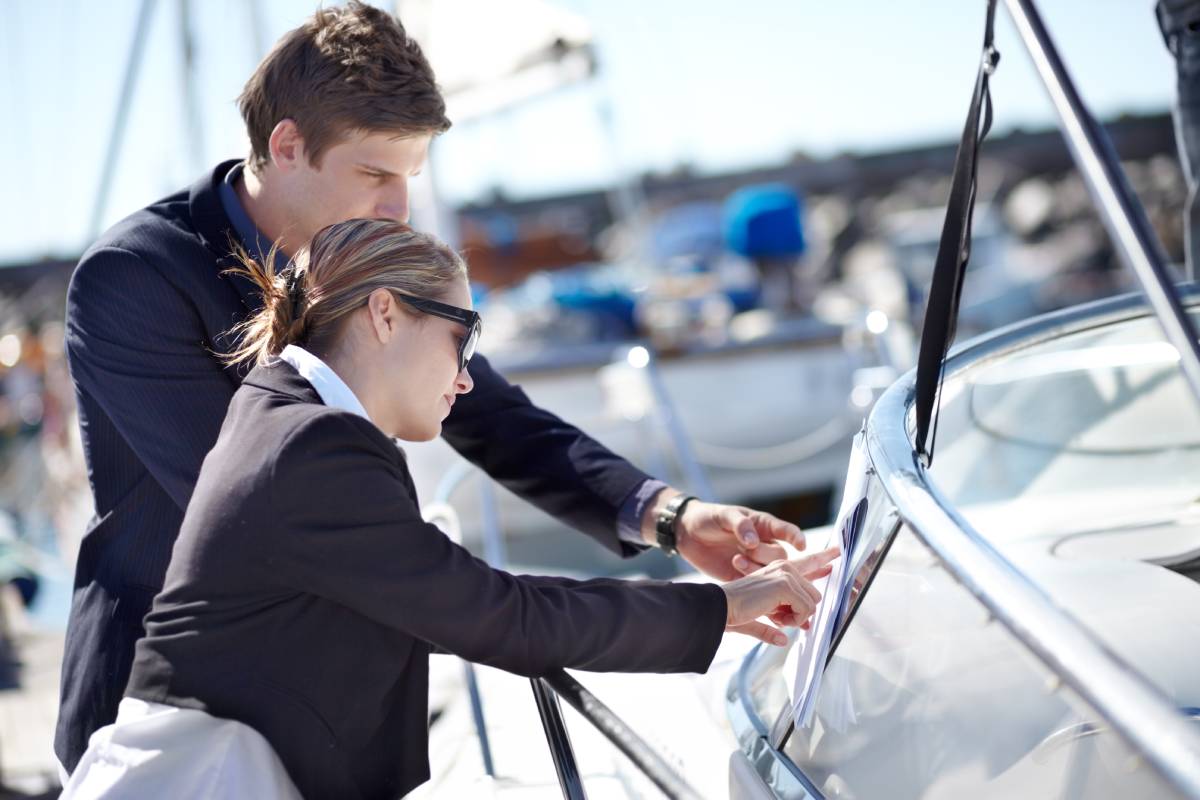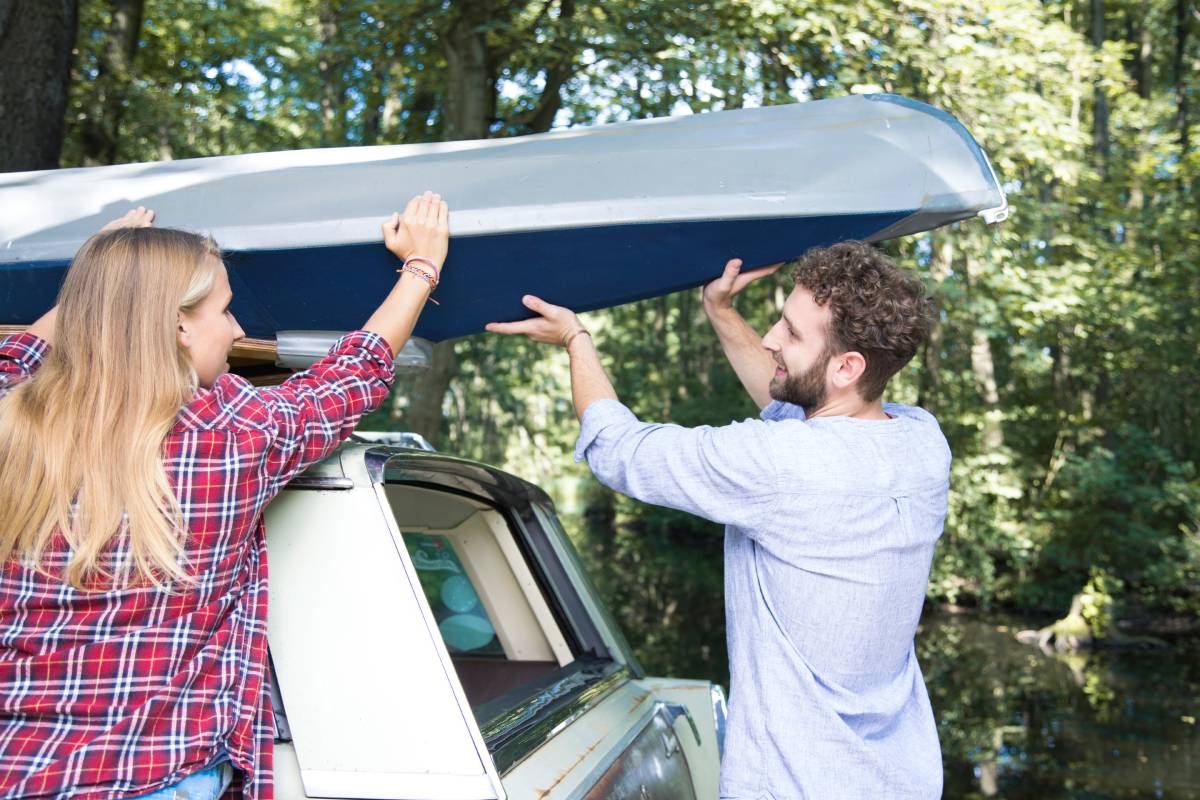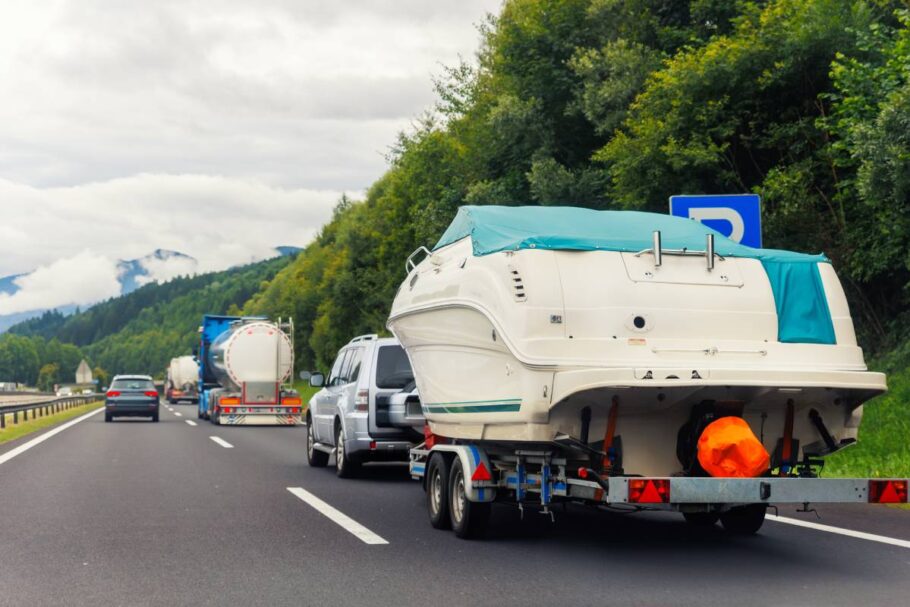Learn what boat transportation is and get expert tips on buying and safely transporting your first boat with ease and confidence.
Buying your first boat is an exciting milestone, a symbol of freedom, adventure, and time well spent on the water. But before you can set sail or launch into your first weekend cruise, there’s one crucial step many new boat owners overlook: transportation. Whether you’re moving a small fishing boat, a luxury yacht, or a sailboat, understanding how boat transportation works is essential to keeping your investment safe and ensuring a smooth delivery. This guide breaks down everything you need to know about what boat transportation is, how it works, and how to buy and move your first boat confidently.
What is Boat Transportation?
Boat transportation refers to the process of moving a boat from one location to another, either by land or sea. This might involve transporting a new boat from the dealership to your home, moving it to a marina, or shipping it across the country or even overseas.
Depending on the size of your boat, transportation can range from a simple trailer haul to a complex operation requiring specialised trucks, cranes, and permits. The goal is to ensure the boat arrives safely, without damage, and in compliance with all transport regulations.
Boat transportation can generally be divided into three main categories:
- Overland Transportation – Moving a boat by trailer or truck on highways and roads.
- Water Transport – Sailing or towing the boat through waterways.
- International or Long-Distance Shipping – Using cargo ships or containers for overseas delivery.
Why Boat Transportation Matters
Transporting a boat isn’t just about logistics; it’s about protecting your investment. Boats are expensive and delicate machines, often with complex hull shapes, fragile fittings, and sensitive engines. Incorrect handling or poor planning can lead to costly damage.
Professional transporters are trained to handle different boat types, secure them properly, and comply with safety standards. They also carry insurance coverage that protects your boat during transit. Even if you plan to move a small vessel yourself, knowing the right procedures can prevent accidents and save you from unexpected expenses.

How Boat Transportation Works
Transporting a boat typically follows a structured process. Here’s how it generally goes:
1. Assessment and Planning
Before transportation, you’ll need to measure the boat accurately in length, width (beam), height, and weight. These dimensions determine what kind of trailer or truck is required and whether you’ll need special permits. Oversized boats may require escorts or route planning to avoid low bridges and narrow roads.
2. Preparation for Transport
Preparation is key to preventing damage during transit:
- Secure loose items such as electronics, cushions, and personal gear.
- Drain tanks (fuel and water) to reduce weight and prevent leaks.
- Remove protruding parts like antennas or outboard motors if they exceed height limits.
- Cover the boat with protective wrap or tarps to shield it from weather and debris.
If your boat uses petrol, it’s also wise to check Petrol Types Australia guidelines to understand which fuels are suitable for marine engines and how to handle them safely before transport.
3. Loading the Boat
For land transport, a hydraulic trailer or lift may be used to carefully load the boat onto the carrier. Professionals ensure that the boat is balanced and tightly secured with straps and padding. Proper weight distribution is crucial for safe driving and avoiding structural stress on the hull.
4. Transportation
Once loaded, the boat is transported to its destination. For long-distance or cross-border deliveries, the carrier handles route planning, tolls, and regulatory requirements. During the journey, the driver will check tie-downs regularly to ensure stability.
5. Unloading and Inspection
Upon arrival, the boat is carefully unloaded. You should inspect it immediately for any signs of damage. Compare it with photos taken before shipment and note any issues for insurance claims if necessary.

Buying a Boat for the First Time
Before you can transport a boat, you need to buy one, and that can be just as complex. Here are key things to consider if you’re a first-time buyer:
1. Determine Your Needs
Ask yourself what you plan to use the boat for:
- Fishing – Look for open-deck or centre-console boats.
- Family recreation – Consider bowriders or pontoon boats.
- Water sports – Wake boats or jet boats are ideal.
- Cruising – Cabin cruisers or sailboats suit longer trips.
The right choice depends on your budget, storage space, and towing capacity (if you plan to haul it yourself).
2. Set a Budget
Beyond the purchase price, factor in:
- Registration and insurance
- Maintenance and fuel
- Storage (marina or trailer)
- Safety gear and accessories
- Transportation costs
A realistic budget ensures you can enjoy your boat without financial strain.
3. Research Dealers and Sellers
Buy from a reputable dealer, broker, or certified private seller. Inspect the boat’s history, especially if it’s used, check for prior accidents, engine hours, and maintenance records. If buying internationally, confirm the seller’s export documentation and condition reports.
4. Survey and Inspection
Always have a marine surveyor inspect the boat before purchase. A surveyor evaluates the hull, engine, and electrical systems, identifying issues you might miss. This report can also support financing or insurance applications.
5. Paperwork and Legal Requirements
After finalising the deal, ensure all documents are in order:
- Bill of sale
- Registration certificate
- Title and identification numbers (HIN)
- Proof of insurance
These documents are essential for both ownership and transportation.
Also, familiarise yourself with common freight terms used in logistics and shipping contracts, such as FOB (Free On Board), CIF (Cost, Insurance, and Freight), and DDP (Delivered Duty Paid), especially if your boat is being imported or shipped internationally. Understanding these terms helps you know who is responsible for costs, insurance, and risks during the shipping process.

Transporting Your Boat for the First Time
Once you’ve purchased your boat, it’s time to move it home or to your preferred marina. Here’s what you should know as a first-time transporter:
1. Choose Between DIY or Professional Transport
- DIY Transport – Suitable for smaller boats under 8.5 feet wide. You’ll need a capable vehicle, a strong trailer, and towing insurance.
- Professional Transport – Ideal for larger boats or long distances. Professionals like WA Freight handle permits, escort vehicles, and insurance coverage, giving you confidence that your boat is in expert hands.
2. Check Legal Requirements
Different states and countries have regulations on:
- Maximum width, height, and weight
- Permits for oversized loads
- Escort vehicles for wide transport
- Speed limits and travel times (some areas restrict night or weekend moves)
Professional transporters usually manage these details, but it’s wise to understand them yourself.
3. Insurance Coverage
Before transport, confirm that your boat is insured during transit. Check whether the carrier’s insurance covers full replacement or only repair costs. For high-value boats, consider additional coverage.
4. Prepare the Boat
Follow these quick preparation steps:
- Remove personal belongings.
- Clean the hull and drain any water.
- Disconnect batteries and secure hatches.
- Document the boat’s condition with photos.
These steps protect you if damage occurs during transport.
5. Track and Communicate
Stay in contact with your transporter throughout the trip. Many companies offer GPS tracking or regular updates. This transparency provides peace of mind and ensures smooth delivery.

International Boat Transport
If you’re buying or selling a boat overseas, transportation becomes more complex. There are two main methods:
- Roll-on/Roll-off (RoRo) – The boat is rolled onto a shipping vessel using a trailer or cradle and secured for the voyage.
- Container Shipping – Smaller boats are placed inside shipping containers, ideal for extra protection.
You’ll also need to handle customs paperwork, taxes, and import duties. Using a professional marine shipping company can streamline the entire process.
Costs of Boat Transportation
Boat transport costs depend on several factors:
- Distance and route
- Boat size and weight
- Loading/unloading requirements
- Seasonal demand (summer is usually more expensive)
As a rough guide, overland transport costs can range from $1.50 to $3.50 per mile, while international shipping can cost $5,000 to $15,000 depending on distance and boat type. Always get multiple quotes and check the company’s credentials before booking.
Tips for a Smooth First-Time Boat Transport
- Plan early – Schedule your transport at least a few weeks ahead.
- Use reputable carriers – Check licenses, insurance, and reviews.
- Inspect before and after – Document everything with photos.
- Communicate clearly – Confirm pickup and drop-off locations and times.
- Be flexible – Weather and road conditions can affect schedules.
Conclusion
Owning your first boat is an exciting adventure, but getting it home safely is a vital part of the journey. Understanding boat transportation from planning and preparation to choosing the right transporter ensures your new vessel arrives in perfect condition, ready for the water.
Whether you’re towing a small fishing boat yourself or shipping a luxury yacht across the ocean, taking time to learn the process will make your experience smoother, safer, and more enjoyable. With proper planning, professional help, and a bit of patience, your first boat-buying and transport experience can be just as thrilling as your first day on the water.





